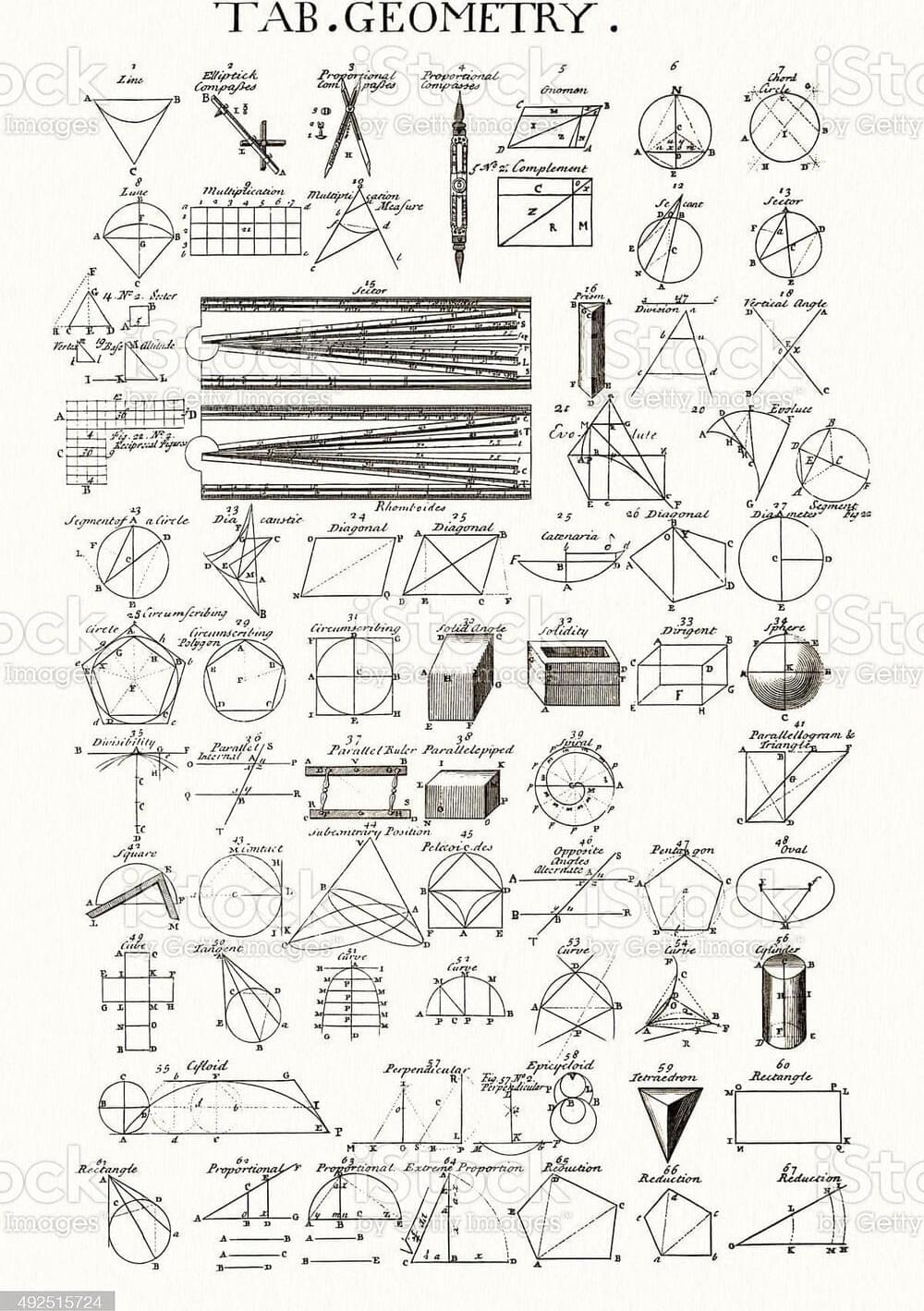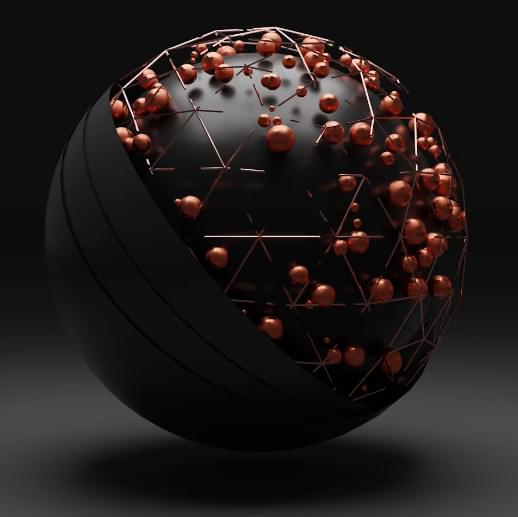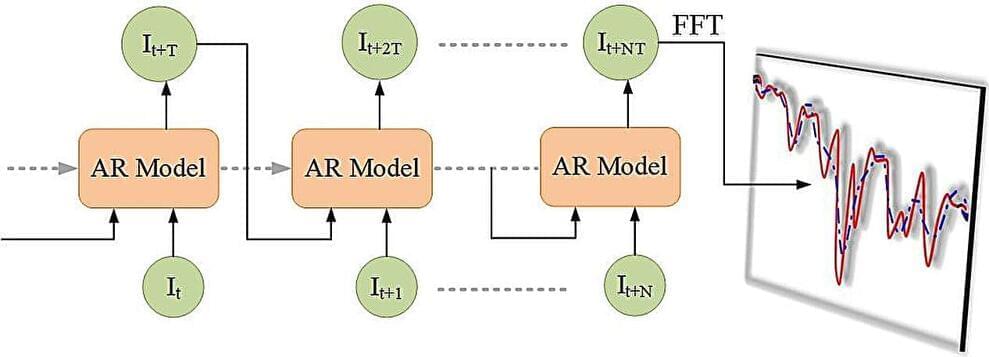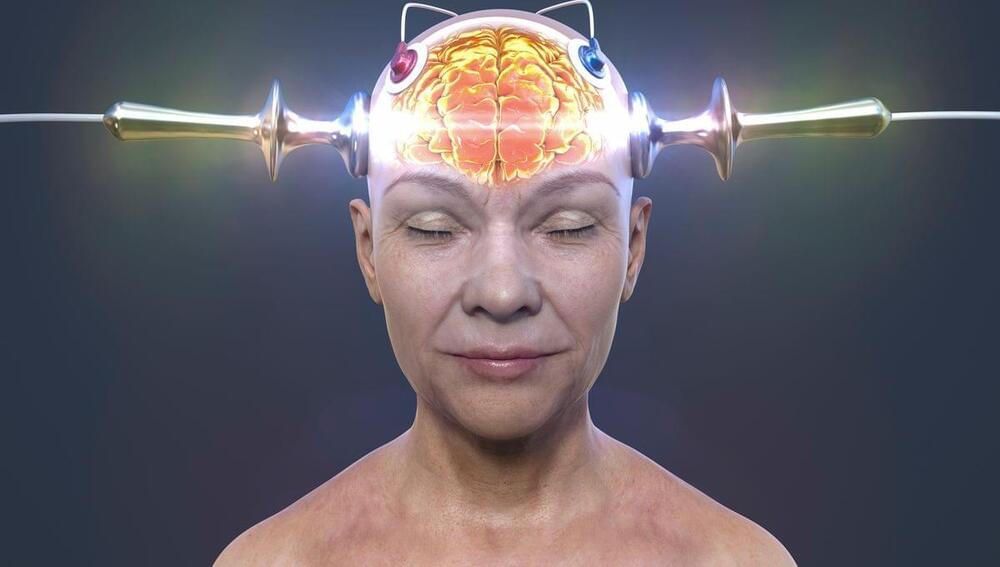A holographic universe where spacetime is built from quantum bits. In this interview, we hear all about how the concept of entanglement entropy, a measure of quantum information between regions is related to the structure of spacetime. What can we learn from entanglement and entropy about gravity, and what has gravity to say about quantum physics? We find out in this video.
Tadashi Takayanagi is a prominent Japanese researcher most known for his research on holographic entanglement entropy for which he won the 2015 New Horizon award. Tadashi did his Ph.D. at Tokyo University and has obtained postdoc positions at Harvard and Kavli Institute of Theoretical Physics at the University of California. He is currently a professor at Kyoto University and holds a visiting position at Kavli Institute. A well-known hobby of Tadashi is his mineral collection from which he draws inspiration for his research work.






